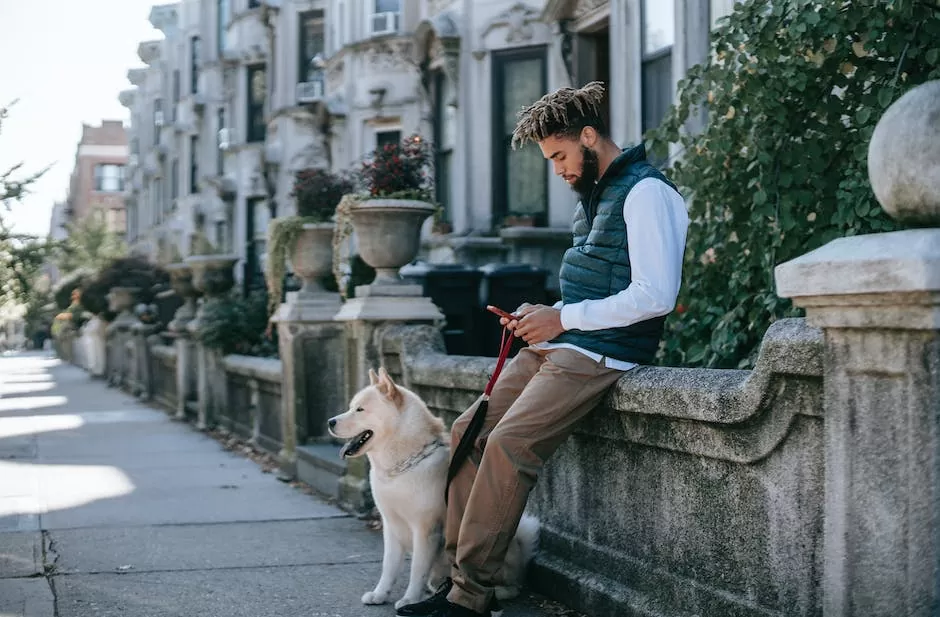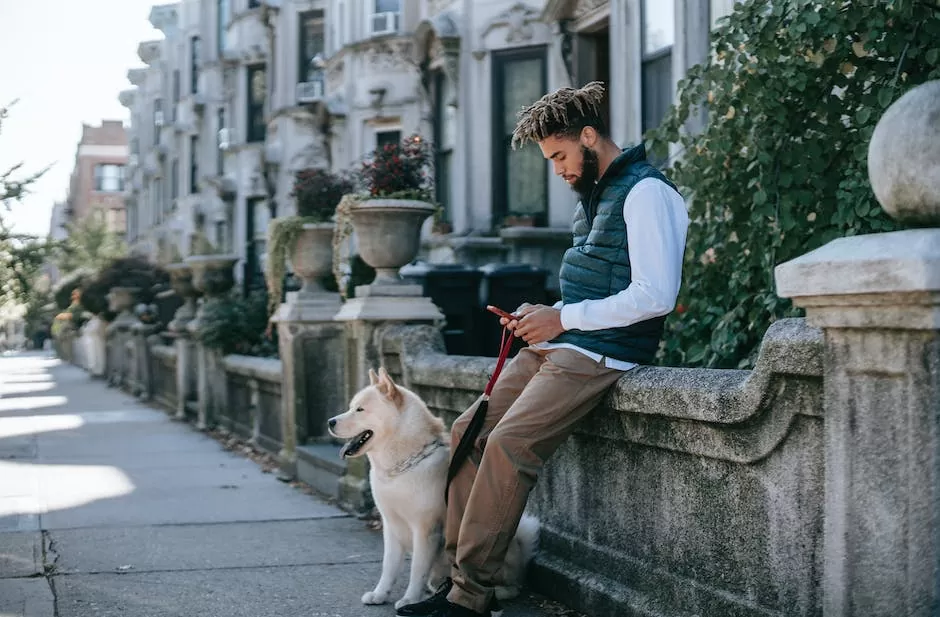Do dogs get more obedient with age?

There’s an old saying that goes, “you can’t teach an old dog new tricks.” But is that really true? When it comes to obedience, do dogs get more obedient with age?
There are several factors that can affect a dog’s obedience, including their age, intelligence, and prior training. For example, a young puppy is more likely to be obedient than an older dog who hasn’t been properly trained.
However, age isn’t always a deciding factor. Whether a dog is young or old, they can still be obedient if they’re intelligent and have been properly trained.
So, while age may be a factor, it’s not always the deciding factor when it comes to a dog’s obedience.
The jury is still out on whether dogs actually get more obedient with age. Some dog trainers believe that dogs reach their obedience peak around the age of three, while others claim that dogs can continue to learn new tricks and commands throughout their lives.
What age do dogs become more obedient?
One-year-old dogs are at a crucial point in their development, and it’s important to make sure they’re learning all the polite behaviors they’ll need for the rest of their lives. Dogs learn best through positive reinforcement, so make sure to praise your dog often for good behavior. If your dog is having trouble with a particular behavior, seek out the help of a professional trainer. With a little patience and perseverance, your dog will be a well-mannered companion for years to come.
The juvenile period is an important time for dogs and cats to socialize and learn independent behavior patterns. This period of intensive social exploration and learning ideally contributes to resiliency, which is the ability to cope with stress and adversity. From around six months of age to social maturity (12–36 months in dogs and up to 48 months in cats), dogs and cats are physically maturing and developing their first independent behavior patterns. It is important to provide opportunities for positive socialization and learning during this time, in order to help them develop into well-adjusted adults.
What age do dogs become disobedient
Dogs go through a rebellious “teenager” phase (around 5 months to 18 months). Just like humans, they may become moody, disobedient, and even aggressive during this time. It’s important to be patient and understanding with your dog during this phase, as they are simply going through a normal developmental process. With proper guidance and training, your dog will eventually grow out of this phase and become a well-behaved adult.
If you have an older, well-trained, calm dog at home, they can be a great asset in helping you train your puppy. Not only can they provide a calming influence during a time of upheaval in a puppy’s life, but they can also set a great example for the puppy to follow.
At what age do dogs finally calm down?
Puppies start to calm down as they approach their maturity age. For most puppies, this is around 12 months. However, for larger breeds, it is more likely to occur between 18 months and 2 years.
Puppies are entering the adolescence stage by this point, and it is the most difficult stage to start training at. That is why it is important to start training them as young as possible!
Do dogs listen better as they get older?
It’s never too late to train an older dog! Some might even learn better because they’re less easily distracted than when they were puppies. Just keep at it and be consistent with your commands and rewards, and your older dog will be obeying in no time.
Dogs are intelligent creatures that are able to understand a variety of commands and tricks. According to several behavioral measures, dogs’ mental abilities are close to a human child age 2 to 25 years. This means that dogs are able to understand human language, emotions, and social cues. Dogs are also able to remember things for long periods of time and can learn new things quickly. As a result, dogs make great companions and can be trained for a variety of purposes.
How do you discipline a dog that won’t listen
There are a number of disciplinary methods that are considered to be positive and beneficial. These include using time-outs, using your voice to put a stop to unwanted behavior, rather than hitting your dog, taking their toys away, and avoiding giving your dog attention when they misbehave. All of these methods can be effective in helping to train your dog and stop unwanted behavior.
The Afghan Hound is distant and independent by nature, but is also one of the most loving and loyal dogs you can find. They are not the easiest to train, but their affection and devotion more than make up for it.
Do dogs have a terrible two phase?
The terrible twos are a normal and essential part of a child’s development. They are a time when a child is learning to assert their independence and testing their limits. It is important to remember that the terrible twos are only temporary and that there are ways to stop bad behaviors before they become habits.
Patience, persistence, and consistency are key when it comes to correcting unwanted behaviors. It is important to remain calm and consistent in your approach in order to effectively stop the behavior. Additionally, it is helpful to learn as much as you can about dog behavior so that you can better understand why your dog is engaging in the behavior and how to effectively stop it.
This is the time when your dog is learning about the world and how to interact with others. They may be more excitable and playful, but also more prone to accidents and getting into trouble. Be patient and consistent with your training, as this is key to helping your adolescent dog become a well-rounded adult.
Is it OK to let dogs play fight
as long as the play fighting is done in a gentle and respectful way, i think it’s perfectly fine! it’s a great way for dogs to get some exercise, socialize, and just have some good old fun.
Many older dogs show increased aggression, anxiety, or compulsive behaviors. These behaviors are most likely due to body inflammation, sensory changes, and cognitive decline. In order to keep your dog comfortable and happy in their older years, it is important to prioritize their health and well-being. This means providing them with the best possible diet, plenty of exercise, and regular mental stimulation. Additionally, if your dog is displaying any of these behaviors, it is important to consult with your veterinarian to rule out any possible medical causes.
Is 1 year too late to train a dog?
There are plenty of benefits to training your dog as an adult! For one, they may be less distractible and energetic than they were as a puppy. This can make it easier to train them and help them learn commands. Additionally, adult dogs typically have a longer attention span than puppies, so you can take your time in teaching them new tricks and skills. If you’re patient and consistent with your training, you’ll be able to successfully teach your adult dog anything you want!
It’s important to remember that the hardest part of dog training is often doing nothing. This means standing still like a statue and not speaking or moving, even when your dog is acting up. It can be difficult to remain calm in the face of your dog’s bad behaviour, especially if you’re in public, but it’s important to do so in order to effectively train them.
Warp Up
There is no definitive answer to this question, as every dog is different. Some dogs may become more obedient with age, while others may not change much at all. It ultimately depends on the dog’s individual personality and behavior.
From the research, it seems that dogs do get more obedient with age. This is likely because they learn from experience and become more in tune with their owner’s commands and desires. Additionally, older dogs are generally more calm and relaxed, which also makes them easier to train.